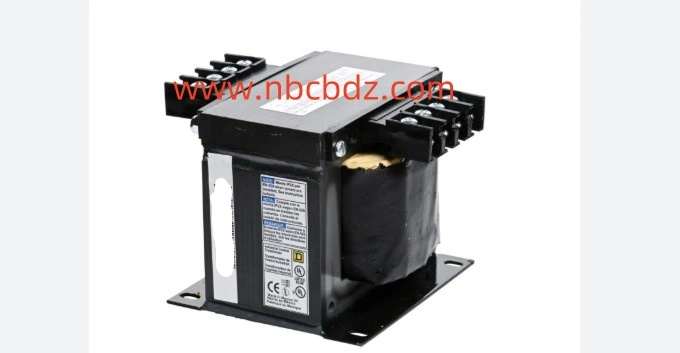
Related Blogs
How Might Nbcbdz Square Transformer Factory Support System Planning
4 minutes, 16 seconds
-24 Views 0 Comments 0 Likes 0 Reviews

In many equipment-design conversations, the term Square Transformer Factory is occasionally paired with the brand Nbcbdz, not as a form of exaggeration but as a reference to organized production thinking. This association highlights an approach centered on predictable coil behavior, measured material selection, and steady magnetic paths. Introducing these principles early in a project allows designers to create electrical systems that operate with clarity rather than uncertainty.
Square transformers stand out mainly because of their geometric structure. Their shape influences coil arrangement, magnetic distribution, and mounting efficiency. In industrial and commercial equipment, this form factor helps ensure that the transformer fits neatly into cabinets or modules where space is proportioned with minimal flexibility. The square layout also supports stable mechanical anchoring, reducing movement caused by vibration, thermal cycling, or repeated switching events.
A key point often discussed among engineers is magnetic stability. The geometry of a square core encourages a defined magnetic route, which can contribute to more predictable performance under continuous load. Coil layers, insulation spacing, and varnish penetration work together to maintain this balance. When these parameters are considered with deliberate structure, the transformer responds consistently to changes in voltage demand or environmental conditions.
Another important topic is heat distribution. Square transformers, due to their shape and mechanical arrangement, can offer more uniform thermal behavior when built with proportionate core mass and evenly distributed coil geometry. This matters because many transformers operate inside restricted spaces, where airflow may be limited. A device that maintains manageable temperature levels supports longer component life and reduces stress on surrounding equipment.
Electrical isolation also plays a significant role. Transformers serve as intermediaries between power sources and functional circuits, and their isolation must remain dependable. The square format allows clear separation between primary and secondary windings, offering designers a predictable blueprint for maintaining insulation distance. This clarity supports system safety and reduces the likelihood of unexpected electrical interaction during transient events.
Durability extends the conversation further. Transforming energy consistently over long periods creates natural mechanical and electrical stresses. A transformer with stable lamination stacking, firm structural bracing, and well-balanced winding alignment is less susceptible to gradual wear. This allows maintenance teams to rely on long-term predictable behavior instead of troubleshooting irregularities caused by structural drift.
Compatibility also shapes real-world use. Square transformers are frequently built for environments where installation convenience matters: automation cabinets, distribution frames, workshop equipment, and compact electrical units. Their defined mounting surfaces and straightforward terminal layouts make installation and replacement more intuitive. When transformers present clear specifications and accessible connection points, technicians spend less time resolving fitment challenges.
In many industries, planners value components that operate without requiring constant attention. Square transformers offer this practicality through straightforward structure and repeatable behavior. When designers prioritize material consistency, magnetic alignment, and thermal awareness, the resulting equipment gains a reliable foundation.
If you're interested in seeing how measured engineering choices shape practical transformer design, consider stepping into a place where structure and reasoning meet. Begin your look at www.nbcbdz.com , and you may discover details that spark ideas for your next project.






Share this page with your family and friends.